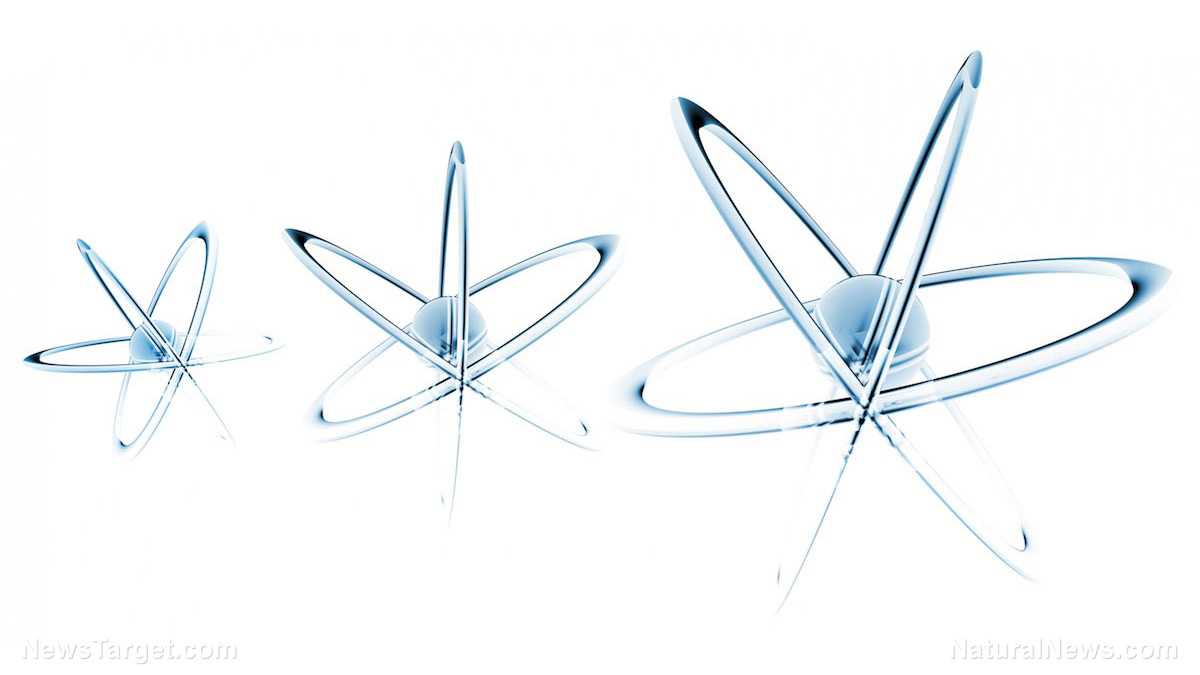
Thermochromic materials are "smart" materials that change their color depending on the temperature of their surroundings. Recently, a Singaporean research team presented a liquid that grew much darker as it got hotter. Their invention might prove useful in smart windows and other applications that respond to temperature changes.
Unlike earlier examples that relied on dyes or liquid crystals to change their color, the thermochromic liquid used tiny wires. Tests showed that it kept its ability to change its color despite going through hundreds of heat-cool cycles.
The new material was developed by researchers at the Agency for Science, Technology and Research (A*STAR) and their counterparts at the National University of Singapore (NUS). They published their findings in the science journal Advanced Materials.
They suggested several possible uses for the thermochromic liquid, such as smart windows and disposable temperature sensors made out of paper.
Organic dyes or liquid crystals enabled the color-changing capability of the earlier generation of thermochromic materials. While it was possible to produce dye-based or crystal-based materials on a massive scale, the two suffered from drawbacks.
The biological origin of organic dyes meant that prolonged exposure to light would break them down over time. For liquid crystals, their weakness was getting exposed to air – they required protective capsules. (Related: New “smart” fabrics will allow you to wear your electronics.)
New thermochromic liquid turns darker when the temperature gets higher
The A*STAR Institute of Materials Research and Engineering developed a thermochromic liquid that eliminated the vulnerability to light and air of its predecessors. Wen-Ya Wu led the team of researchers that came up with the new smart material.
Wu replaced the traditional dyes and liquid crystals with semiconductor nanocrystals. These electrically conductive particles absorbed a wide range of light frequencies and remained stable despite heavy exposure to photons.
When placed in the right solvent, semiconductor crystals disperse through the medium as a colloidal suspension. (Egg white is a common example of such a suspension.)
“While exploring the synthesis of colloidal antimony selenide (Sb2Se3) nanoparticles, we serendipitously discovered that they formed crystalline nanowires upon heating and dissolved into their molecular precursors upon cooling, in a certain mixture of solvents,” explained Wu in an interview.
She selected antimony triselenide (Sb2Se3) for the semiconductor crystals. When unheated, the molecular precursors of the compound are generally transparent.
Once the temperatures rose, the molecules formed antimony triselenide in the shape of wires. The chemical compound absorbed a broad range of light.
New color-changing material may see use in self-regulating windows
The research team put their thermochromic liquid through tests to measure the robustness and long life of its color-changing ability. When they left a solution of the molecular precursors alone for two years, the solution remained stable despite exposure to ambient conditions.
Further, they ran the solution through hundreds of heating and cooling cycles. The thermochromic liquid maintained the same performance level of color-changing activity.
The researchers found it possible to adjust the transition temperature from 95 F (35 C) to 284 F (140 C). They did this by adding tiny amounts of tin chloride to the solution.
Tin chloride interacted with the selenium precursor of the semiconductor crystals. The greater the amount of tin chloride, the lower the temperature needed to trigger the formation of antimony triselenide nanowires that changed the color of the liquid.
Wu's team applied a coat of the thermochromic solution on filter paper. Their tests showed that the makeshift sensor reacted differently to hotter and colder parts of an irregularly heated surface.
“Our liquid-based thermochromic system potentially allows coating on to a large variety of surfaces,” shared Wu.
Sources include:
Please contact us for more information.





















